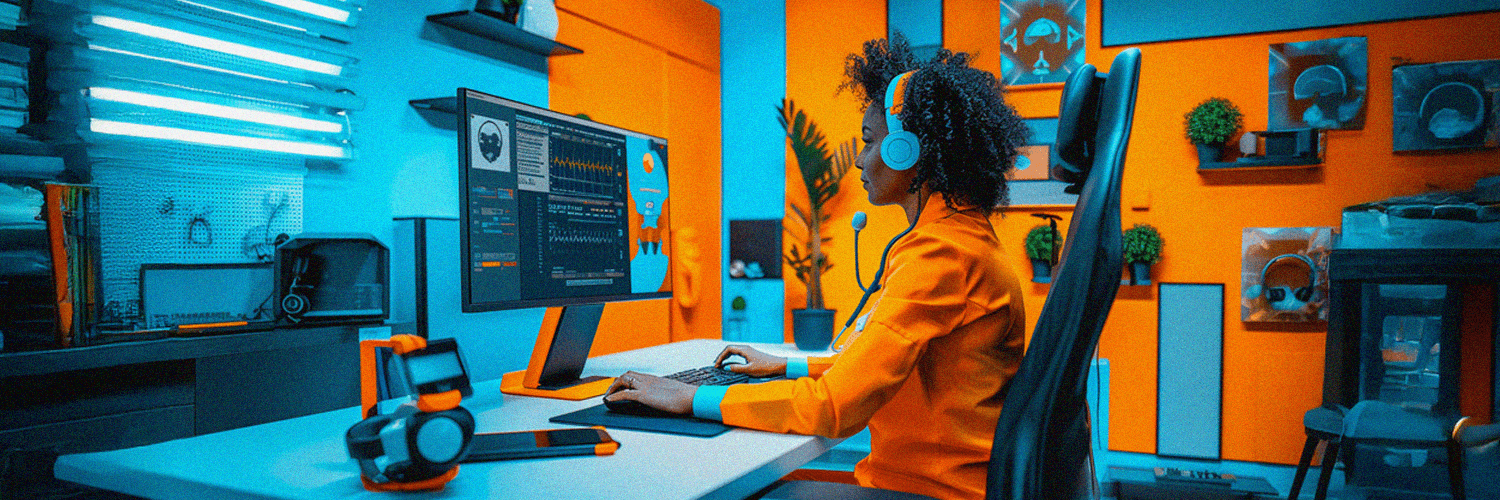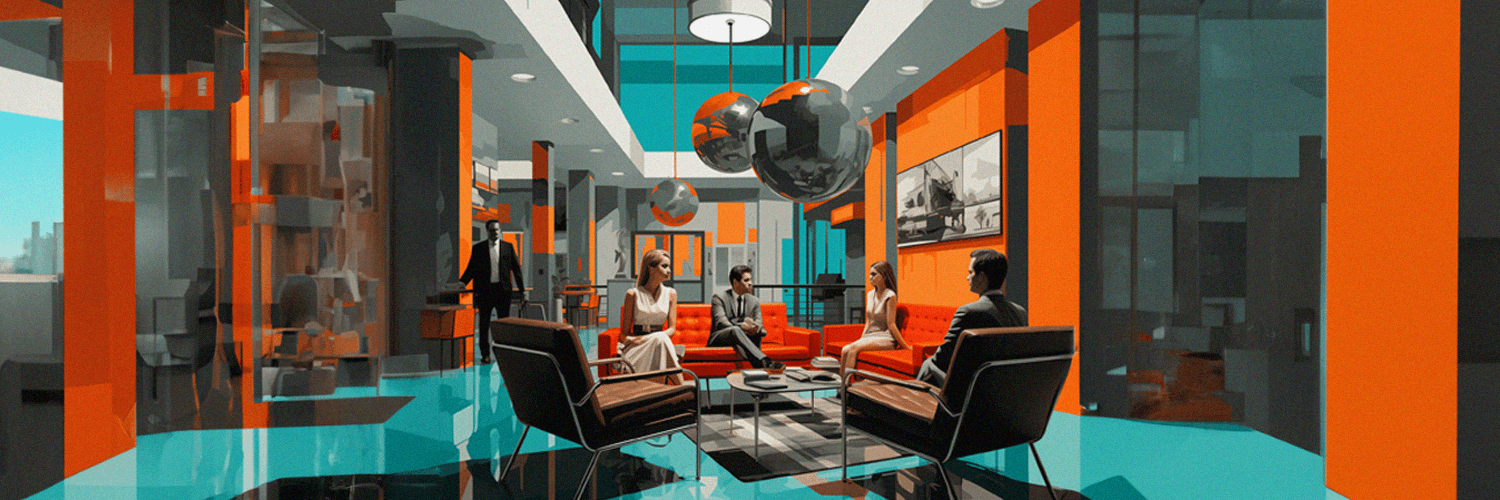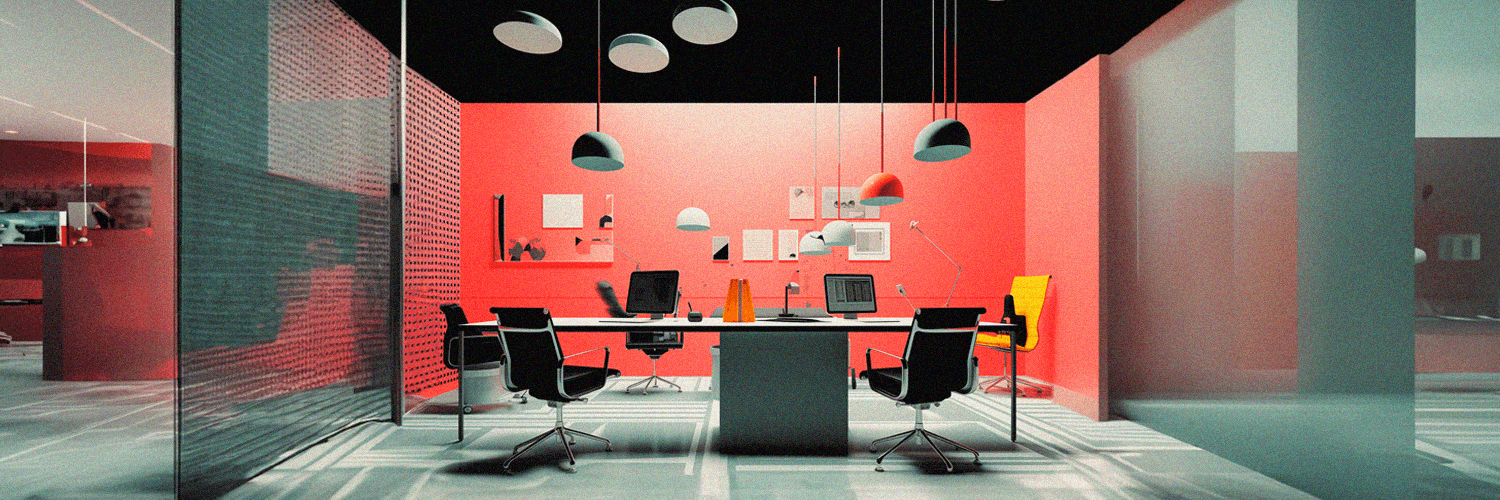As a healthcare facility, if you were asked what your main goal is, you’d probably say it's to help patients. Choosing the right workspace management software might not even cross your mind. And that makes perfect sense – except you're forgetting one thing.
A workspace management software (a software that helps organizations optimize the use of workplace resources) is what helps employees shift their focus away from the day-to-day stress and toward the main goal: putting their expertise where it's needed. In other words, saving lives.
TL;DR:
- Workspace management software helps healthcare facilities optimize the use of workplace resources, allowing employees to focus on putting their expertise where it's needed most: saving lives.
- A healthy workplace culture is based on foundational values, such as consistency of organizational practices and fostering trust and collaboration.
- Medical practice management systems, patient portals, and virtual collaboration tools are popular technologies used in healthcare workplaces.
- Building a safe, comfortable, technology-friendly workspace for medical staff can reduce injury rates and inaccuracies in care, and have a positive impact on the safety, health, and recovery time of patients.
- Improving the employee experience can lead to better quality of care for patients, as demonstrated by a National Database of Nursing Quality Indicators study.
- Workspace management software can improve appointment scheduling, enable remote work, streamline supply management, improve asset tracking, and enhance communication and collaboration between staff members.
- Access to proper equipment can help staff effectively manage work pressures, reduce medication inaccuracies, and minimize the risk of medication administration errors.
- Healthcare leaders should strive to create better healthcare workplaces to reduce staff turnover and improve patient outcomes.
Healthcare as a Workplace
What makes – or breaks – a workplace? It's a tough question, and yet a few things prove true time and again: focusing on your core values, leading by example, ensuring consistency of organizational practices, improving the employee experience, and fostering trust and collaboration.
A healthy workplace culture is based on foundational values that apply to every member of the organization. These values should reflect the fundamental principles that make up your healthcare organization. Equally important is the role of reliable medical device software, which supports these values by ensuring that technology enhances care delivery while maintaining safety, accuracy, and regulatory compliance.
As a leader, you are responsible for so much more than just managing people. You must live up to these values yourself, set an example, and ensure consistent organizational practices. Everything should be based on clear rules and there should be no double standards, "special cases," or a lack of transparency.
Don’t forget the employee experience, strongly related to the level of trust and connection people feel when they come in to work. Strong workplace relationships are essential for healthcare workers, as they are for all workers everywhere; but when they’re overwhelmed with administrative tasks, there’s little time left to nurture them. In areas like healthcare market research recruitment, understanding staff sentiment and operational barriers can also help shape better internal practices and support systems.
It's no secret that many healthcare professionals have difficult daily routines. This is why it's important to help them find the time to foster better collaboration, better solutions to the problems they face and, ultimately, better services for their patients. And this is where technology comes in…

Technologies Used in Healthcare Workplaces
Most of the popular tools currently used in healthcare workplaces focus primarily on the patient experience. Most of the popular tools currently used in healthcare workplaces focus primarily on the patient experience. However, institutions like the American University of Antigua (AUA) also emphasize technologies that enhance the staff experience, ensuring medical professionals can perform efficiently and safely.
Some widely-used tools today are:
- Medical practice management systems are a type of healthcare software that help healthcare workers manage many operations of a clinic, such as record patient demographics, perform billing procedures, and schedule appointments through patient scheduling applications.
- Patient portals are secure online websites that gives patients convenient, 24-hour access to personal health information from anywhere. Using a secure username and password, they can find health information such as recent doctor visits, discharge summaries, and medications.
- Virtual collaboration tools focus on enabling business communication and emphasizing project & task management. Sometimes, organizations need to invest in one for each purpose (e.g. one collaboration tool for communication and one for projects & task management).
While all of these are great, keep in mind that building a safe, comfortable, technology-friendly workspace for medical staff can help them in other ways: reduce injury rates and inaccuracies in care, and ensure a positive effect on the safety, health, and recovery time of patients. Additionally, efficient denial management in medical billing is becoming essential to minimize revenue loss and streamline the reimbursement process for healthcare providers.
The National Database of Nursing Quality Indicators discovered a link between quality-improvement initiatives and patient outcomes: when nurses feel engaged, empowered, and satisfied with their working environment, their patients are more likely to do well, too.
Happy nursing staff reported 25% increase in job enjoyment, 29% increase in intent to stay in the job, and up to 20% increase in quality of care. In what concerns patients, there was a 87% decrease in infection rate and 17% decrease in injury falls rate. Those are some quite convincing numbers!
Why Is Workspace Management Important in Healthcare?
Healthcare leaders should strive to create better healthcare workplaces for a simple reason: access to proper equipment can help staff effectively manage work pressures. We all know hospitals and clinics to be fast-paced environments, where staff are under a lot of pressure to deliver patient care.
But what we may not realize is that they are under so much pressure that, according to a 2021 Royal University of Nursing survey, 60% of nurses working in NHS hospitals were considering or planning to leave their jobs. Then again, if you’re part of the system, this might not come as a surprise.
How to tell if this is the case at your workplace? A key indicator of a high-pressure work environment is medication administration errors, with nurses working more than 12 hours committing more errors. But more flexible workspaces and innovative workspace solutions are needed all across the industry.
For example, freestanding or wall-mounted workstations can reduce workload. Stations are typically located in the patient's room as touchdown points for quick access to the system. This reduces the stress of moving between rooms and leads to better communication between staff and patient.
Another example is mobile workstations with integrated medication dispensing, which reduce medication inaccuracies. Equipped with barcode scanners and printers to support patient identification and an automatic locking drawer system, they allow for secure medication dispensing.

Workspace Management Software for Healthcare: 5 Use Cases
Booking Systems to Improve Appointment Scheduling
Effective patient scheduling is critical to maintaining your practice's revenue and keeping patient satisfaction high. Unfortunately, it’s not easy to get it right. Picture this: a doctor has an appointment with a patient, but the consultation rooms are shared and – surprise! – they’re all busy.
A booking system could be of great help in this scenario. If doctors books consultation rooms in advance, the problem disappears! Sure, you can’t control how punctual patients are. But you can keep office stress to a minimum and ensure that wait times stay on track.
YAROOMS is a fully featured Scheduling Software designed to serve institutions like yours by providing end-to-end solutions such as: meeting room scheduling, resource scheduling, and real-time scheduling. Sound like something you’d need?
On-The-Go Scheduling for Employee Flexibility
Flexible, on-the-go scheduling is an approach in which supervisors set work schedules and workers choose their shifts. Using a simple mobile app, they can always see what shifts are available and choose the ones they want, or swap with others if conflicts arise.
The healthcare industry isn’t known for a great work-life balance, and that's precisely what flexible scheduling brings to the table: staff can enjoy a more balanced life by avoiding exposure to routine instability in work schedules (associated with psychological distress and poor sleep quality).
Healthcare professionals are not the only ones who benefit from this. Patients benefit, too, because flexible scheduling solves many of the problems that lead to lower quality patient care. And, as we all know, a good attitude carries over to how staff interact with colleagues and patients!
Booking System to Manage Conference Rooms across Different Locations (Or Even Time Zones)
Challenges associated with managing conference rooms include difficulty finding available rooms when you need them, no-shows, double bookings, and overbooking. What if you could schedule your meeting rooms instead, and say goodbye to all of them?
A meeting room booking system such as YAROOMS can help you set up a simple, easy-to-follow meeting room booking process that reconciles everyone’s needs. You can do this even in those cases when some participants are present while others join the conversation remotely!
We know it’s common these days to hold meetings in multiple locations (or even time zones) but you need tools to engage both remote and in-office employees at the same time – tools that only an integrated workspace management software can give you.
Digital Room Signage for a Better Visitor Experience
Digital signage is a screen connected to a content management system or another type of software solution that sends the data to be displayed. For example, you can think of the meeting room display placed outside a meeting room to indicate availability, or the conference room signs that welcome visitors.
A display without a touchscreen can only show information, but you can’t interact with it. With a touchscreen, however, medical staff can do more than identify rooms. They can book one on the spot, or make changes to an existing booking. No one has to run to their computer anymore!
YAROOMS meeting room display shows the status of each room making it easy to see what rooms are available at a glance. No more walking around, hoping to find space to hold your meeting ever again – because it’s all under your nose!
Workplace Analytics to Maximize the Use of All Assets
The main benefit of workplace analytics is gaining a deep, data-based understanding of how your office space is used and what makes your employees feel satisfied (or dissatisfied) with it. This will enable you to make better business decisions with regards to your office space.
Finally, you can stop spending precious time analysing huge amounts of data in spreadsheets. The YAROOMS Office Utilization report can bring clarity over metrics such as average space utilization, the number of bookings, and the number of no-shows. Uncover your space booking statistics and start rightsizing!
Building a thriving culture in your healthcare organization is about creating a better experience for both employees and patients who walk into your practice. A reliable workspace management system can help make it a reality. Have you ever tried one? If you haven’t yet – what’s stopping you?


.png)









